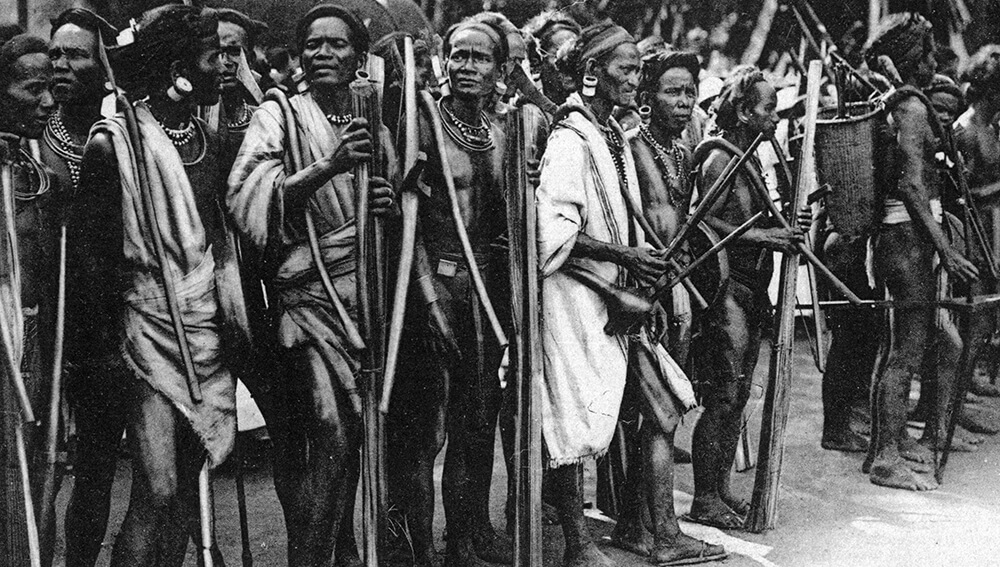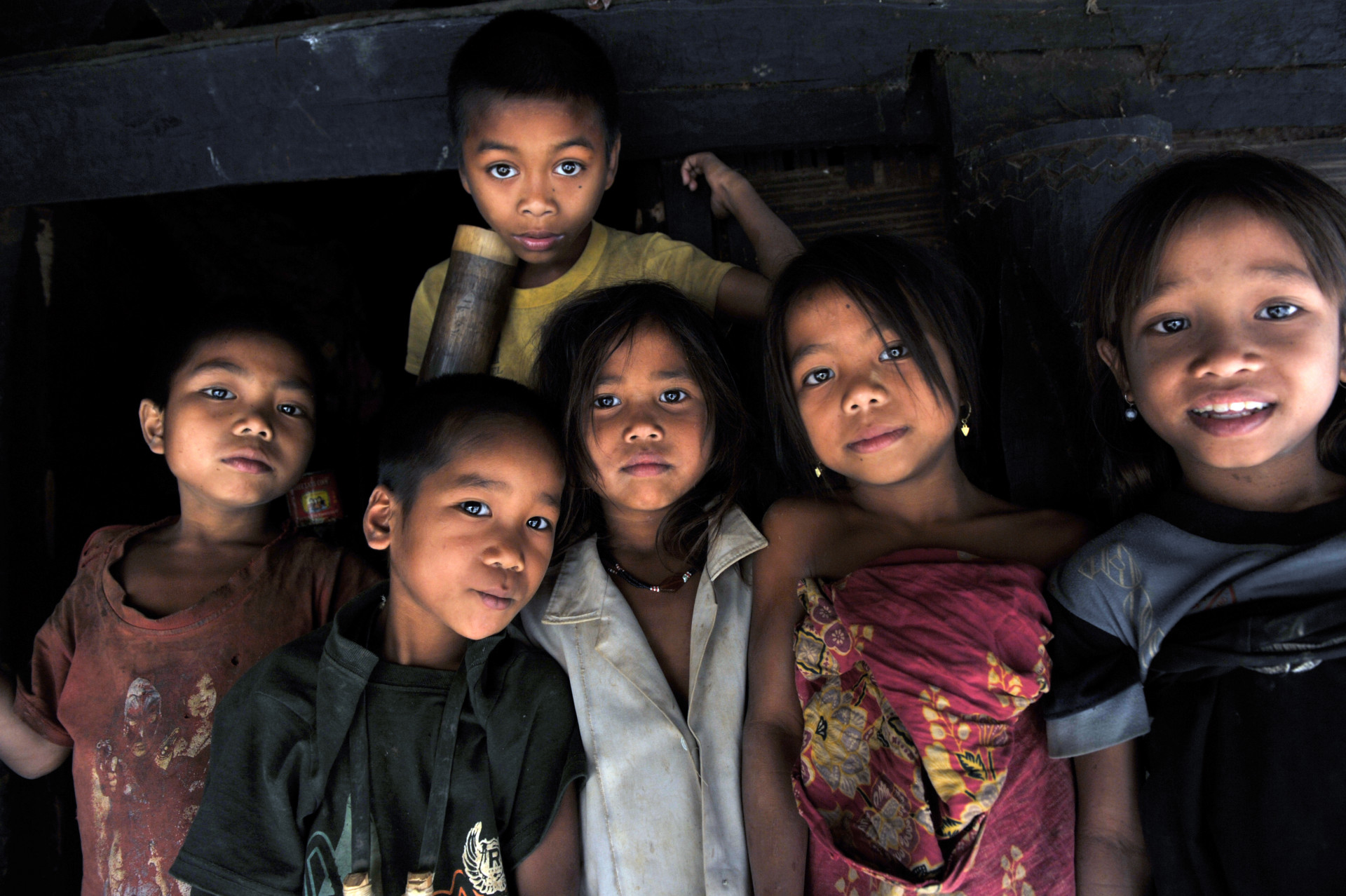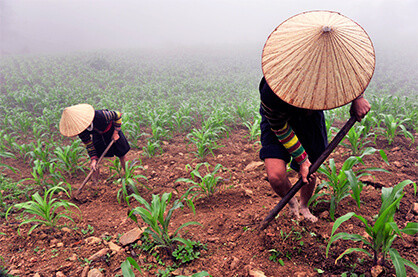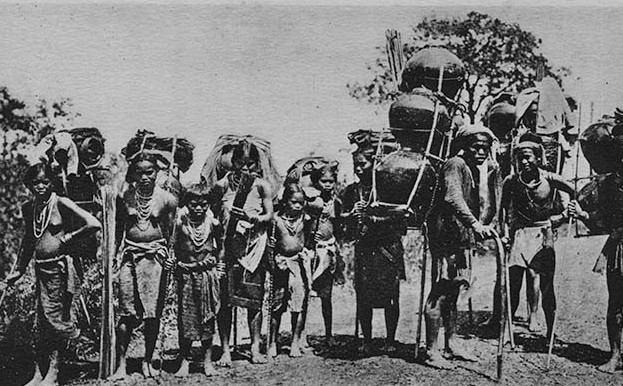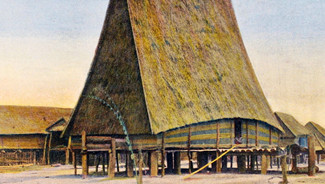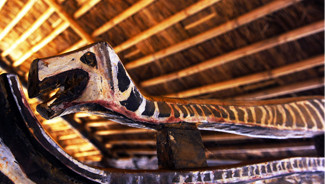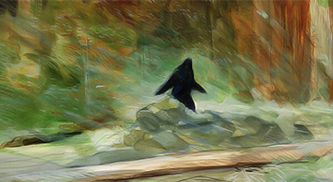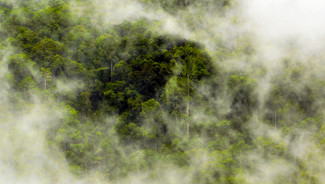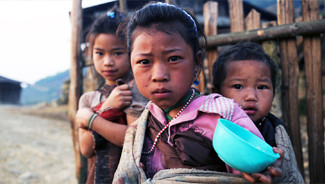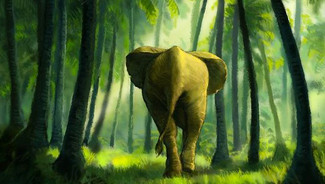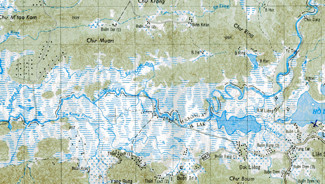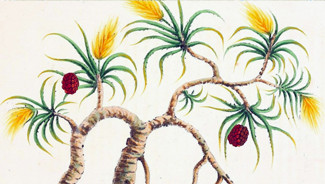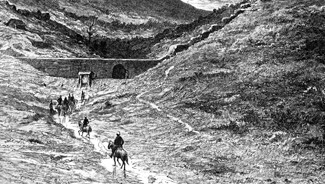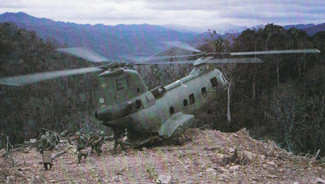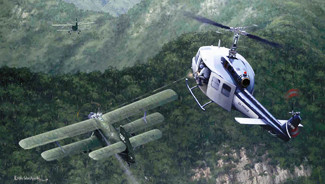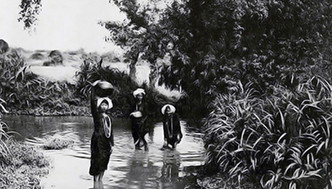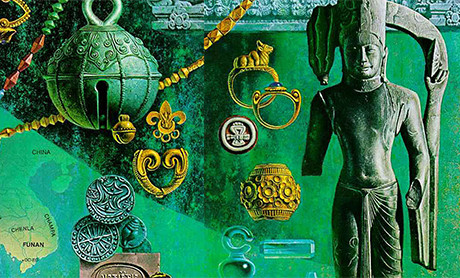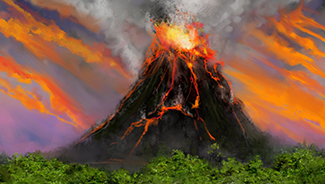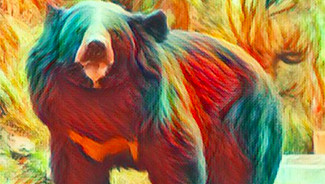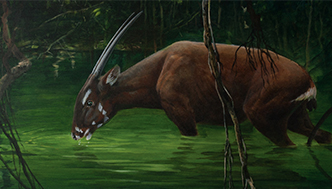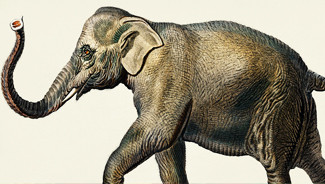- People and Cultures
- The Last Frontiers
- Memories of War
- Ancient Civilizations
- Natural Heritage
Treasurable peoples and ethnic cultures that characterize some of South East Asia's unknown regions.
The Sadets
The Katu
The Black Lolo
The Raglai
An ensemble of legendary massifs, isolated wilderness and primeval forests, silent guardians of ancestral times and occasionally haven of rare ethnic groups that have been explored and studied by Secret Indochina in the last 30 years.
Ngoc Linh Mount
Upper Xekong
The Indochinese Woodsman
The Domain
The Phu Sang
The depth of Cardamom Mountains
The Nam Kaa
Padaran Mountains
Forgotten memories about the Indochina Wars, from Cao Bang battle, Vietnam War, to the Secret War in Laos and Polpotism.
The battle of the Route Coloniale 4
Pol Pot Airport
A Luoi District
Phu Pha Thi
About the antique civilizations of the Indochinese Peninsular, from the Proto-Khmers to the Cham and their ancient indigenous confederations.
The Plain of Jars
Bal Hanön
The Oc Eo Legacy
Champa Treasure
A collection of anecdotes and research about the natural heritage indigenous to the Indochinese Peninsular, from mythical creatures to centennial trees.

